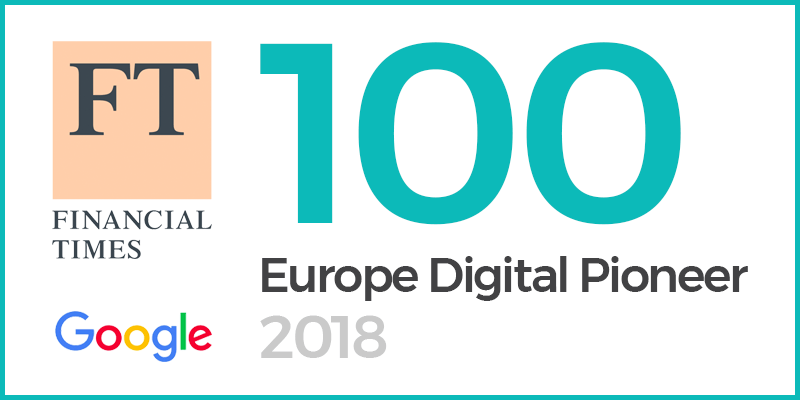In August 2017, Amy had surgery to remove a brain tumour. After her surgery Amy had ongoing problems with Ataxia. This causes difficulties with coordination and balance. It affects the control of your arms and legs which can make walking difficult and causes problems doing day to day tasks.
Amy was already receiving rehabilitation including neurological physiotherapy, pilates and hydrotherapy. However, her goal for attending MOTIONrehab’s intensive rehabilitation programme was to help her return to work. For this Amy needed to improve her balance, walking and handwriting.
Amy’s difficulties with her balance meant she needed to use a walking stick placed away from her body to help her walk. She also found it difficult to use her right hand and arm in day to day activities. Problems with her co-ordination made it hard to accurately grab and let go of things.
After having her initial assessment, a programme was tailored to target her specific problems and the MOTIONrehab team worked with Amy to help her identify her goals for the rehabilitation programme. Amy started her intensive rehabilitation package with MOTIONrehab in February 2019.
Amy’s rehabilitation programme consisted of four hours of therapy a day, three days a week, for a period of seven weeks. She spent one hour a day receiving ‘traditional’ one-to-one neurological physiotherapy or neurological occupational therapy. The remaining time was spent using the state-of-the-art robotics and sensor-based technology from Tyromotion and Thera-Trainer.
The MOTIONrehab centre is the only location within UK with all of these particular devices, giving the clinic International Reference Centre Status for treatment, teaching and research. By using this technology Amy was able practice high repetitions of movement which is critical to promoting the re-wring of the nervous system known as neuroplasticity.
Working with the MOTIONrehab Amy identified the goals she wanted to work on during her rehabilitation. She wanted to improve her writing ability because she found it difficult to write and was not happy with the quality of her writing. Amy wanted to improve her walking, balance and reduce her symptoms of ataxia.
With one of Amy’s main goals being improving handwriting Amy spent time on the AMADEO. The AMADEO is specifically designed for rehabilitation of the hand, fingers and thumb. It has the unique ability to achieve a high intensive repetition of hand movement to work on the flexibility of your joints and muscles and help regain movement in your hand.
Amy also spent time using the MYRO. The MYRO is an exciting new interactive therapy surface unlike any other. It can be used in a multitude of different of ways. The MYRO sensors allow real-life learning with everyday objects such as a pen on a responsive surface. MYRO is unique in that it reacts not only to motion but also to pressure and great for practising handwriting skills. MOTIONrehab is the only private neurological rehabilitation company to offer MYRO as part of it’s upper limb rehabilitation.
The graphs obtained from our balance assessments on the Tyromotion TYMO, shown below demonstrate the improvements in Amy’s balance. The bottom squares on the right hand chart shows much greater control of her balance with her movement (the squiggly lines) confined to a smaller space.

At the end of her programme Amy no longer required a walking stick indoors. There were also improvements in her co-ordination and ability to write with her right hand.At the end of her programme Amy did not require a walking stick indoors. There were also improvements in her co-ordination and ability to write with her right hand.
Amy has since returned to work and continues to work on her rehabilitation with ongoing exercise and neuro-pilates.

For more information about MOTIONrehab’s Intensive Neurological Rehabilitation Programmes or to book an assessment, please call 0800 8600 138 or email: info@motionrehab.co.uk





Recent Comments